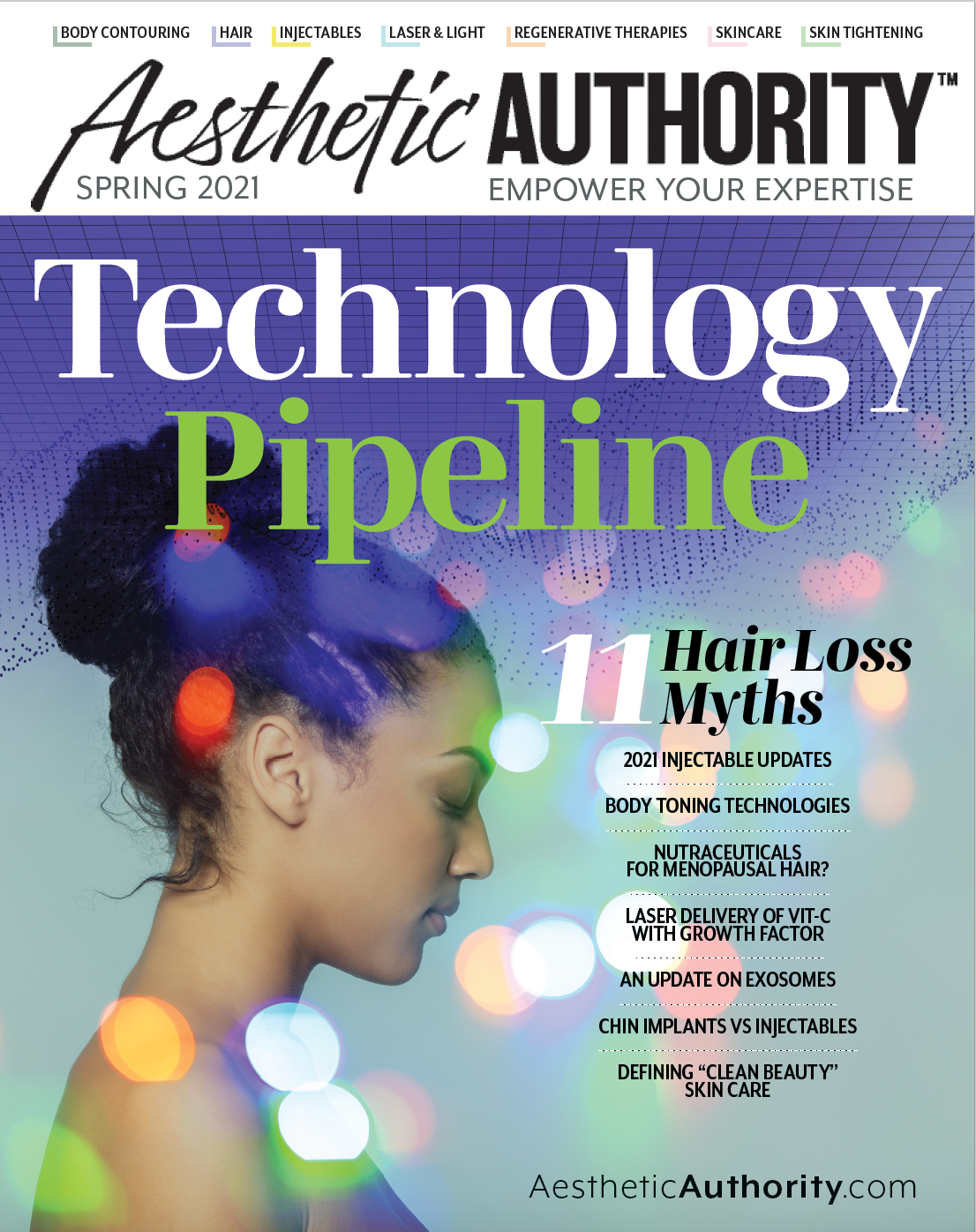- Case-Based Roundtable
- General Dermatology
- Eczema
- Chronic Hand Eczema
- Alopecia
- Aesthetics
- Vitiligo
- COVID-19
- Actinic Keratosis
- Precision Medicine and Biologics
- Rare Disease
- Wound Care
- Rosacea
- Psoriasis
- Psoriatic Arthritis
- Atopic Dermatitis
- Melasma
- NP and PA
- Skin Cancer
- Hidradenitis Suppurativa
- Drug Watch
- Pigmentary Disorders
- Acne
- Pediatric Dermatology
- Practice Management
- Prurigo Nodularis
- Buy-and-Bill
Publication
Article
Aesthetic Authority
Helium Plasma for Facial Rhytids
Author(s):
A single pass with a low-energy helium plasma device appears safe and effective in treating facial rhytidosis, especially in patients aged 62 years and older.
Results of a 2020 prospective study published in Lasers in Surgery and Medicine show that a novel helium plasma device has potential for treating facial rhytidosis safely and effectively, significantly improving facial appearance with rapid recovery and delivering high subject satisfaction with relatively few unanticipated adverse events.1
Conducted by J. David Holcomb, MD, president and medical director of Holcomb – Kreithen Plastic Surgery and Medspa, Sarasota and Tampa, Florida, and founder and executive medical director of the Institute for Integrated Aesthetics, and colleagues, the study included 55 healthy men and women 30 years or younger were selected from 3 study sites who wanted to improve the appearance of facial rhytids and wrinkles.1
For the study, patients were required to have a Fitzpatrick Wrinkle and Elastosis Scale (FWS) score of 2 or less and a Fitzpatrick Skin Scale score of III or more. In addition, patients agreed to not have any other facial cosmetic procedures through a 6-month follow-up visit, investigators report.
Patients had any facial wrinkles and rhytids assessed and documented prior to the procedure with digital imaging. This was also used for assessment at follow-up visits.1
Given prophylactic treatment of bacterial and viral infections at the investigator’s discretion, patients also completed a visual analog scale pain assessment before and immediately after the procedure, according to investigators.
The face was divided into 5 zones: zone 1, perioral; zone 2, periorbital; zone 3, forehead; zone 4, nose; and zone 5, cheek. After pain mitigating procedures, tissue was ablated with steady movement and a single, non-overlapping pass of the helium plasma beam on all 5 zones.
Zone 1 and 2 used a maximum of 20% power and 4 L/minute helium flow and the vast majority of subjects were treated at 20% power across all treatment zones (1 through 5). The procedure was performed in continuous, nonpulsing mode and treated tissue was left undisturbed, the authors say.
“Power levels were limited to 20% at peri-oral and peri-orbital areas-a level that correlates to an energy density 40% lower than the highest setting on the predicate device,” investigators write.
Patients were given posttreatment protocol consisting of keeping the skin moist for 10 days after the procedure, covering the skin with petroleum jelly, cool water vinegar soaks every 1 to 2 hours on days 0 to 2 and every 2 to 4 hours on days 3 to 10. After 10 days, patients were instructed to use moisturizer and sunscreen, along with discontinuing the other topical treatments.
Patients were assessed by investigators directly post procedure and at 10 days, 1 month, 3 months, and 6 months. No serious adverse effects were reported. Baseline FWS scores and 3-month assessment scores were compared by blinded independent photographic reviewers (IPRs) and study investigators.
Blinded IPRs reported 63.64% of patients had a 1‐point FWS improvement or greater, while study investigators reported 98.18% had1‐point FWS improvement or greater. Nearly 91% said they believed their appearance had improved using the modified Global Aesthetic Improvement Scale.
“Subgroup analysis showed 1‐point (±0.05) FWS improvement by IPRs and study investigators for Fitzpatrick skin types II and III, age 62 [years or older], 2 of 3 study sites, and posttreatment oral steroid use,” investigators write.1
The greatest FWS improvement was seen in patients aged 62 years and older when the cohort was divided into 2 groups using the age as a mediator.
“A finding of greater improvement with slightly thinner and therefore more compliant skin in the older subgroup is an expected finding that is consistent with observed skin response with other dermal resurfacing technologies,” according to investigators.1
After 6 months, they reported clinically significant improvement, with “a mean (SD) change in baseline FWS of −3.0 (0.92) points.”1
In an interview with Aesthetic Authority®, Holcomb says the key takeaway from the study was that “even at modest treatment parameters of 20% power and a single pass, we observed very significant improvements in skin tone and texture including in some cases rather dramatic wrinkle reduction.”
He added that the findings most helpful to aesthetic physicians who already perform the procedure or are thinking about offering it, are to restrict treatment to Fitzpatrick Skin types I, II, and III while also only doing a single pass with helium plasma until the provider is comfortable with the technology.
“A more vigorous treatment study with higher power and double pass treatment is currently underway,” Holcomb says.2
References
- Holcomb JD, Kelly M, Hamilton TK, DeLozier JB 3rd. A prospective study evaluating the use of helium plasma for dermal resurfacing. Lasers Surg Med. 2020;52(10):940-951. doi:10.1002/lsm.23257.
- Renuvion Dermal System for dermal resurfacing. ClinicalTrial.gov. Published December 4, 2019. Updated November 12, 2020. Accessed March 3, 2021. https://clinicaltrials.gov/ct2/show/NCT04185909






